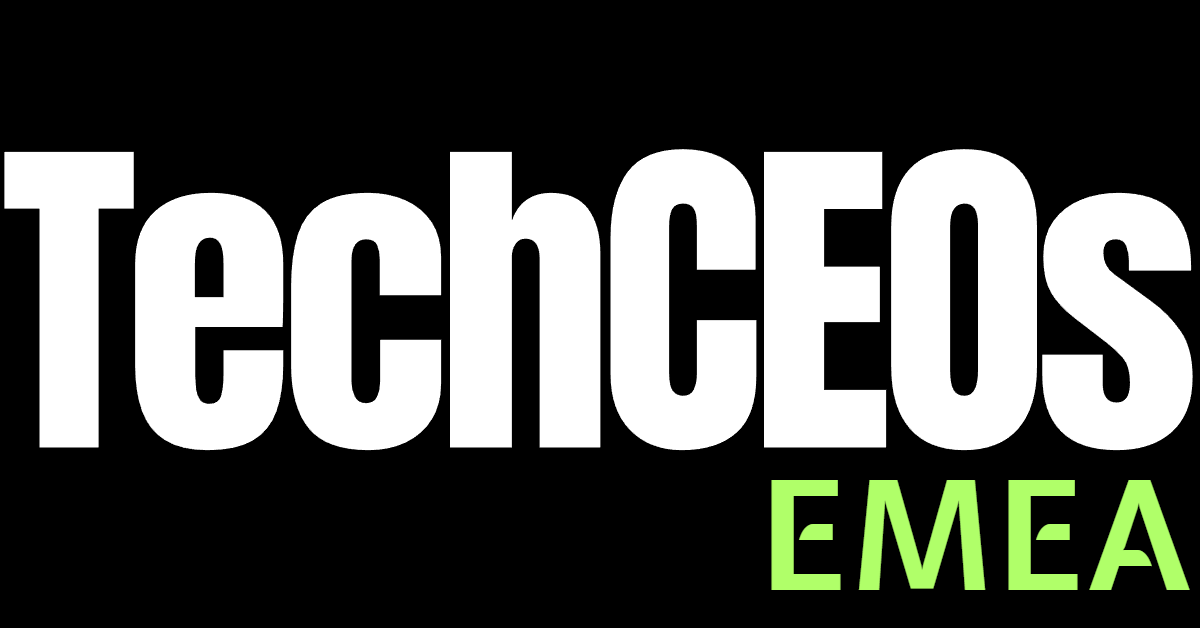The Pharmaceutical and Life Sciences industries follow strict regulations in the world. Even if the regulatory environment is continuously changing in response to the various factors and effects, but the regulatory compliance for life sciences operations remains an intrinsic component and living challenge for the organization to attain
The factors or the effects that govern the regulatory environment are:
- Globalization and harmonization
- Emerging brands in markets
- The increasing complexity of disease targets
- Introduction of new technologies
- Rising standards and demands of both patients and regulators
Despite all the factors and challenges that each organization faces, adherence to regulatory requirements is extremely critical and important for both the company and the industry. With the rising competition, it becomes important for all the companies to maintain their reputation.
The need to keep up the pace and adapt to changes as and when required. Not just being adaptable to the changing scenarios help, in fact, a company needs to keep changing their regulation for effective global, national and local management. There is always a requirement for good processes and procedures to ensure adherence to regulation as well as being absolutely complaint.
A regulatory body would work with the clients to develop management systems. Before developing a proper management system, an audit must be conducted that can help to facilitate greater transparency across the firm. In due course of the process management system, it becomes important to keep informing about the development of new processes and decide on the new approaches towards a broad range of regulatory compliance, risk management procedures. A proper decision making and the development process can help in improving the performance of the organization.
Life sciences companies function to save the lives of the patients. Regulatory compliance provides support to ensure all that all the pharmaceutical and life science companies are on the same page offering similar kinds of services. The ultimate mission of these companies is to serve people and make the world a better place to live. It is a constant effort, regardless of any changes in the concurrent regulatory landscape.
Being compliant and following the regulation helps companies to pursue their core mission with complete dedication and responsibility. To achieve compliance, organizations follow the best practices and technologies to comply with current and future regulatory requirements. They do this as efficiently and effectively as possible to be on the market and to keep the promise they virtually make to their patients and the people. As there is a constant and ever-increasing technological advancement, the expectation from these companies increases and rises constantly.
The best time to engage in the compliance development is when there is less focus on new regulations and requirements. When you are planning regulation and focusing on the requirements it needs to be done thoughtfully, spending adequate time and resources to get the right result. Being compliant with current regulations is not easy, hence make sure that your compliance is developed revolving across the people’s specific needs. This is how you will be able to grab attention from the companies in need of pharma and life science products and services.
Companies regularly feel the stress of adapting to complex regulations owing to innovation, development, and the requirement to launch new products. Life science companies need to identify, analyze and eliminate the compliance risk by adapting various regulations that are capable to change globally, regionally and within the industries. Pharma and life sciences companies need to invest in technologies in order to address the demand. It can help them to streamline their compliance management as part of a proactive approach and can simultaneously help in tracking and monitoring regulatory developments. This will certainly have a significant business impact.




